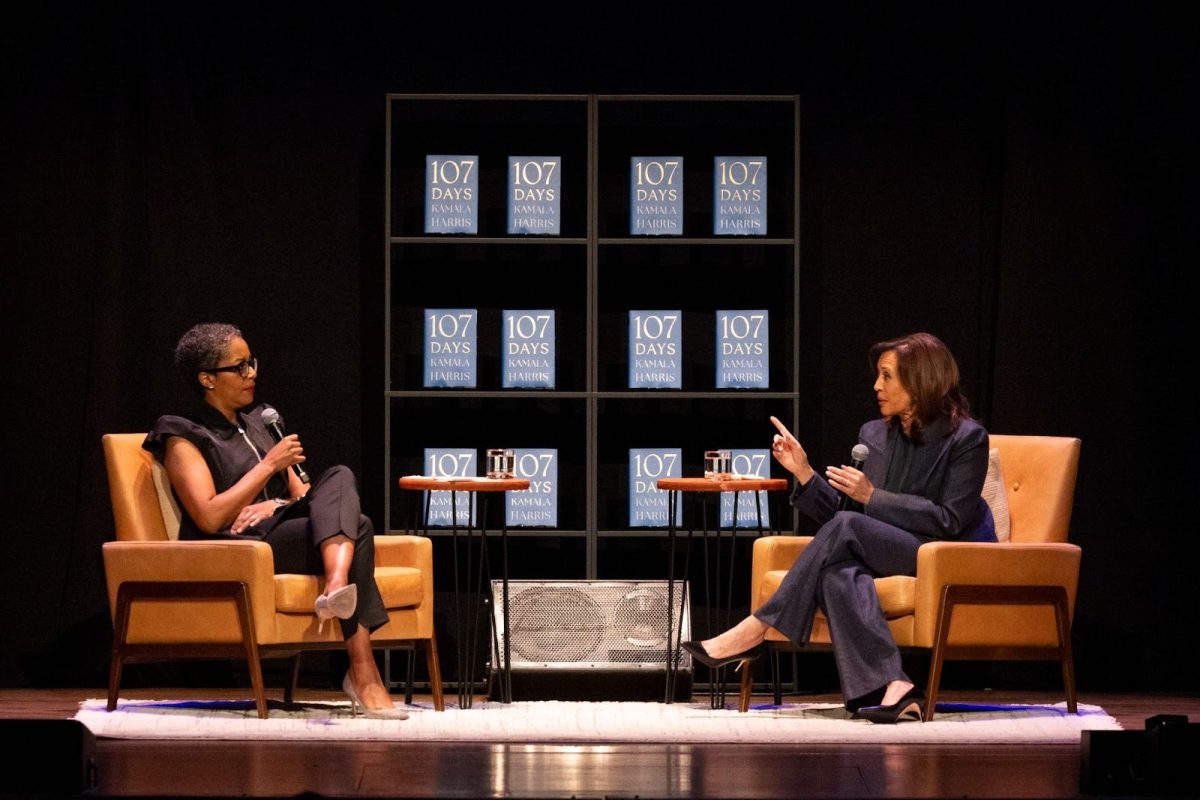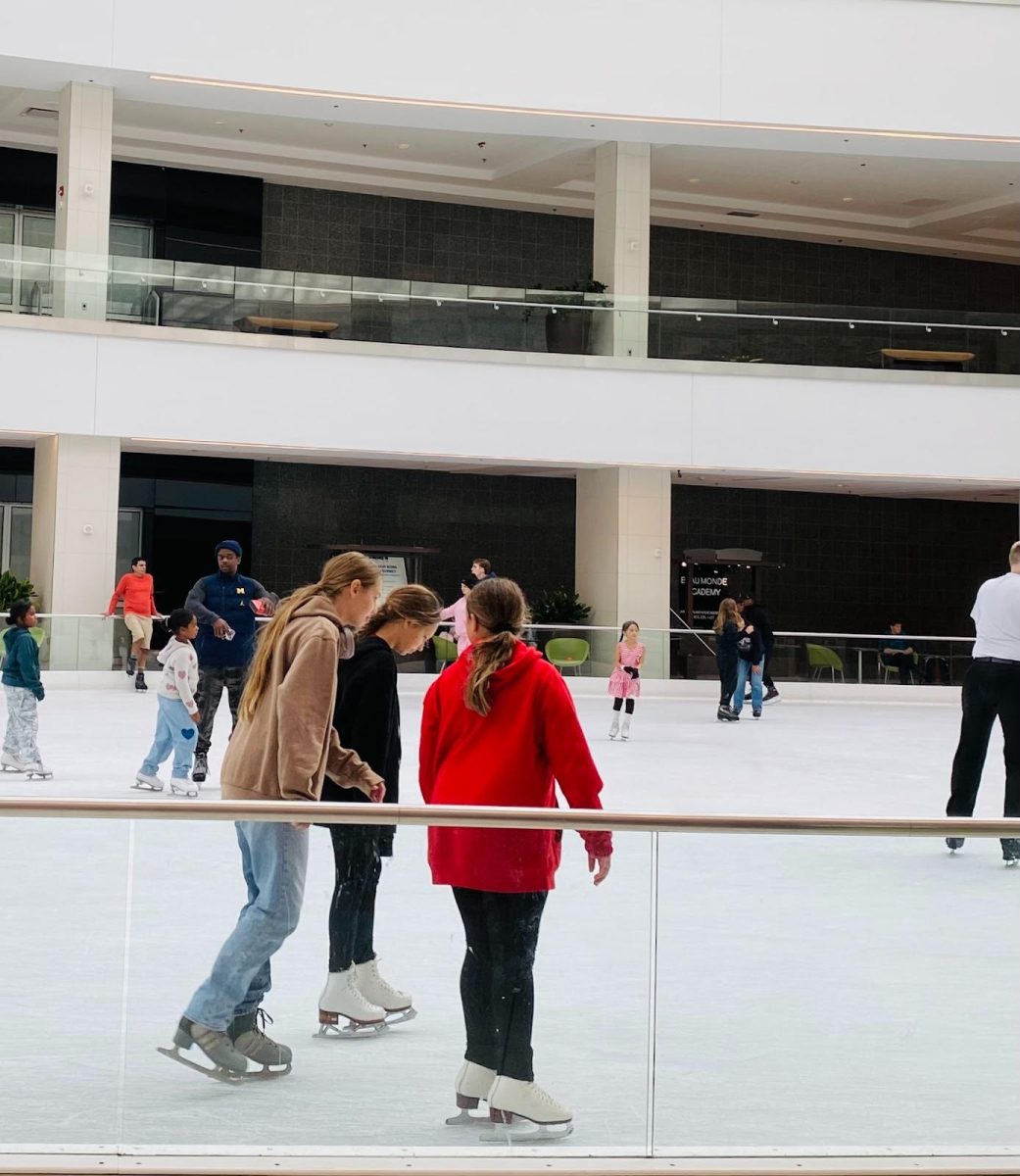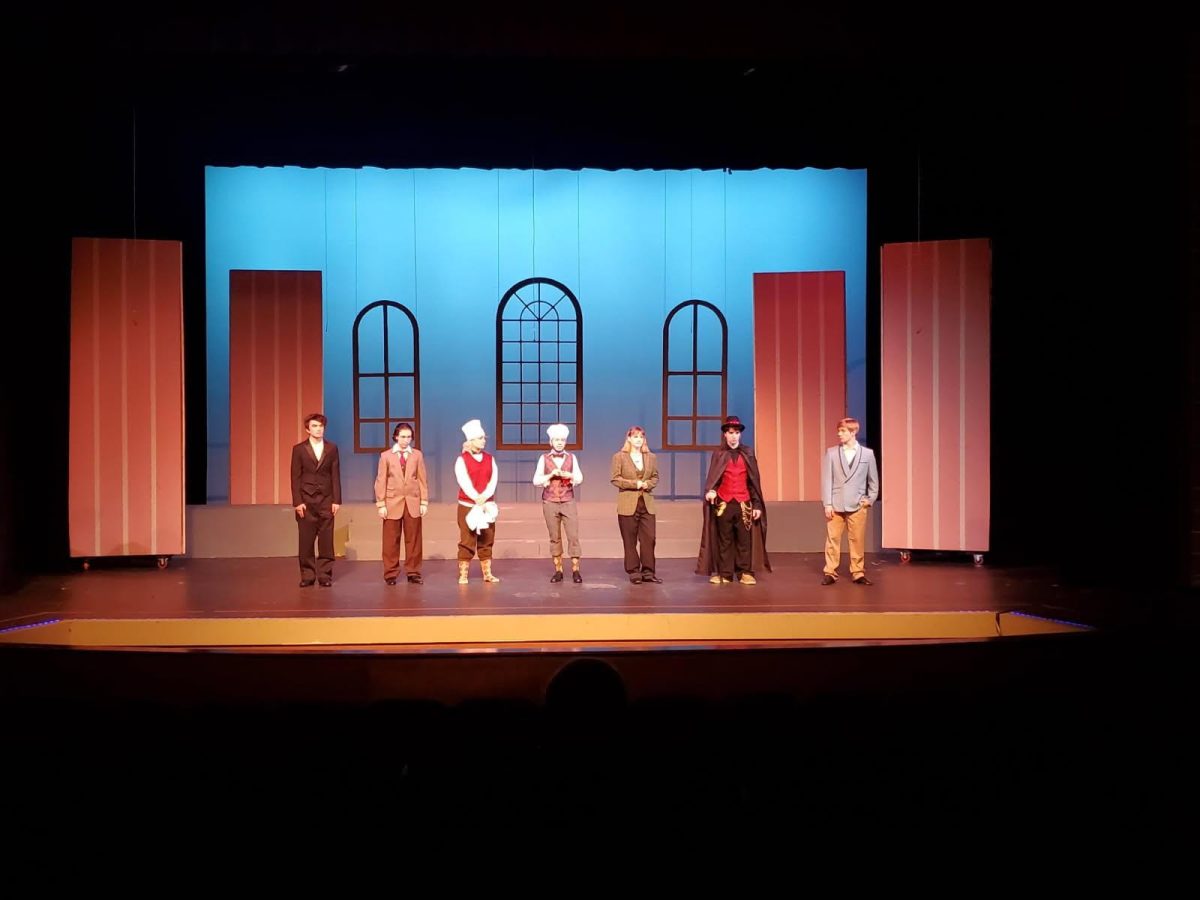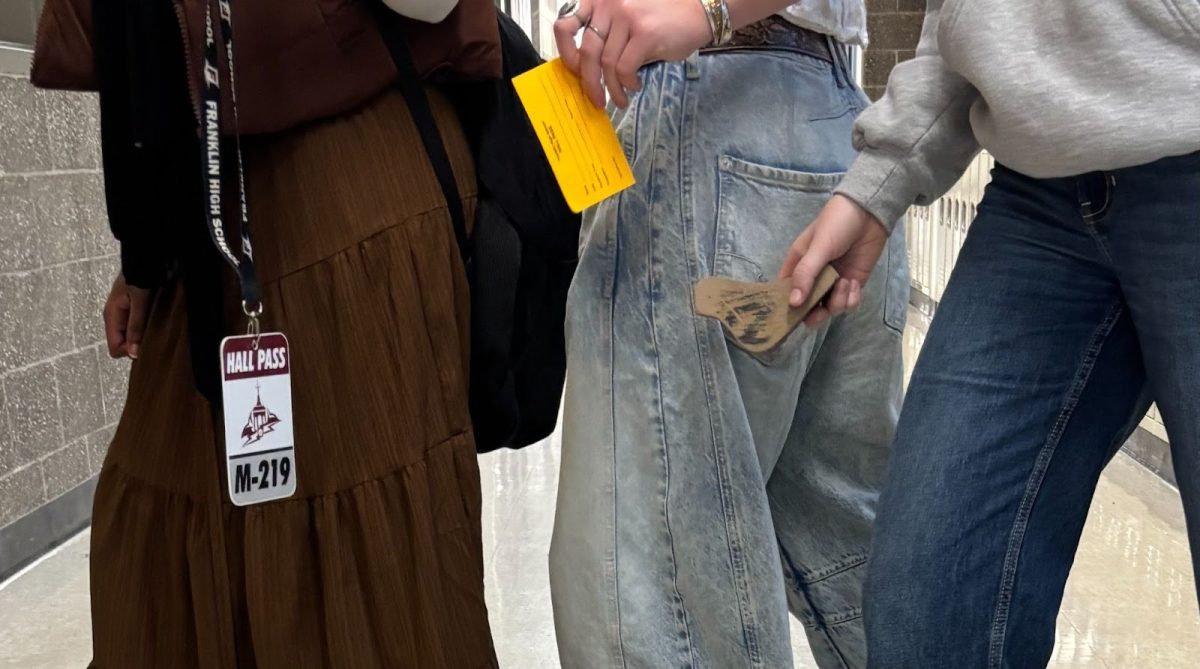A new climate curriculum has always been on the minds of the people and specifically the youth of Portland. Living in the Pacific Northwest, where the environment is something that is especially critical in everyday life, the need for a climate justice curriculum to connect students with their surroundings is essential.
While the fight for a city wide climate curriculum may have become a mainstream issue after the March 15 walkout at the District Building in NE, the struggle to implement a climate justice curriculum started way back in 2016.
On April 19, 2016, several community members presented to the Board of Education’s Teaching and Learning Committee a resolution that would, “provid[e] teachers, administrators, and other school personnel with professional development, curricular materials, and outdoor and field studies that explore the breadth of causes and consequences of the climate crisis as well as potential solutions that address the root causes of the crisis.” The resolution was very clear: the public wanted a comprehensive climate change curriculum that focused on equity, as well as including participation from frontline communities who “have been the first and hardest hit by climate change.” It also forced PPS into a more environmentally friendly stance; along with the new curriculum, “Portland Public Schools [must recognize] that our schools must play a leadership role in modeling for students climate- and environmentally friendly practices when it comes to building design, energy use (including the use of solar panels), land use, waste disposal, and composting and recycling.” The resolution’s aim was partly to encourage environmentally friendly behavior throughout the district in regards to routine upkeep of the schools.
Finally, it described where PPS, on a regular basis, would sponsor events to bring together community members, teachers and students who were working on transitioning to a fossil fuel free future and looking for solutions to the climate crisis. These events would help facilitate communication and discussion between the groups as well as a way to “share knowledge, resources, curriculum, and opportunities for students to become active in responding positively to the climate crisis.” Theoretically, this would unite the community towards a specific cause. It also would expose students and adults alike to training opportunities and living-wage jobs in the transition away from fossil fuels—e.g., “retrofitting old buildings to make them more energy efficient, the installation of solar panels, and more sustainable agricultural practice.”
On April 19, 2016, the Teaching and Learning Committee voted 3-0 to support the the development and implementation plan for integrating climate change curriculum into schools through PPS.
According to Nichole Berg, who is the newly appointed Climate Change and Climate Justice Programs Manager in September of 2019, “The Climate Justice High School Elective course will be developed by teams of educators and students who will collaborate with each other and the community to design what the course should be for their respective schools.” She says that the course should be “transdisciplinary” meaning it incorporates various different aspects of the issue in themes of social studies and science. This is why it will be offered as an elective course: the class wishes to combine various elements of thinking to make the course truly interdisciplinary.
“The course will intentionally connect science and social studies standards, which is an innovative approach with regard to district-wide curriculum development efforts in Portland Public High Schools. It will also include a research methodology component, which offers students a vital skill for accessing and succeeding in post-secondary education options.”
The course will combine both the wishes of students and teachers [1] to create an engaging, interactive environment for high schoolers. “Students have told me that they want their learning to include meaningful opportunities to be engaged in civics and to be part of the solution to climate change, especially in support of climate justice for frontline communities. It will be important that this course offers multiple paths for students to connect to the community and include a strong racial equity/social justice component,” says Berg.
The value of an environmental education is evident in many ways. Incorporating lessons about the natural world around them that actively engages students, while also showing them how their education relates to the world around them. Additionally, it offers an opportunity to apply knowledge and skills in different STEM (science, technology, engineering and mathematics) contexts.
Elliot Nopp (11) says, “My hopes for this course is that it will focus on the justice aspect of climate justice. So many climate lessons teach kids the same old stuff that they already know. Kids already know what climate change and global warming is and they know the small actions to stop it. Like driving less, eating less meat, etc.. These small lessons don’t do anything to get kids actually involved.” This wish for this class to be revolutionary in terms of climate justice learning has been mentioned many times, especially because when the it passed, it was the most comprehensive climate literacy resolution in the country. Nopp speaks on the transdisciplinary manner of the class, saying, “I hope that this climate justice class will get students engaged with the community and the government. There are also so many other aspects that need to be covered like how climate change influences the economy and equality.”
Around Portland, there exists very little public, environmentally centered education. With the exception of Sunnyside Environmental School, and Creative Science School, there aren’t many opportunities for high school aged students to learn about and get involved in climate justice. Lincoln High School is the singularity: not only do they have an Environmental Justice class, but they have a thriving climate justice club, associated with the class.
Nopp says that Lincoln’s course will most likely continue instead of having another class added. The district-wide course will differ from Lincoln because, “it will be developed through partnership between youth, educators, and members of the community,” says Berg. Nopp agrees, explaining that, “[T]he implementation and teaching of this course will be different at every school and reflect the students who are involved and take the class at each school.”
For this large undertaking, a special system needed to be put in place to represent various backgrounds and demographics of students and teachers, which would cater to the needs of individual interests at distinct schools. The educator/student design teams, in collaboration with community and external partners, will decide the content of the course. Design teams, which will be a joint collaboration between two teachers and two to three students, will meet to develop the course content from July 6-17, 2020. With one design team per school, this method hopes to get the input of a diverse range of teachers and students. Berg says, “The educator/student design teams will continue to meet once a semester to review the course, and the educator design teams will also meet once a semester to revise the course.” This looks to be constantly improving and critiquing the course to the needs and wishes of the students and educators.
The important thing to remember about this course is that it will be a “pilot” or a trial run. Students that take it next year will be refining the course throughout the year and preparing the course for future students. Berg says, “For students who enjoy trying something new and being part of a constructive process, the course will offer that. The class will involve community engagement, project-based learning, and inquiry.”
“Ultimately, the course can offer a unique connection for students across all PPS high schools to be engaged in their local school community and across the Portland Metro area,” says Berg in regards to next year.
The class, available for elective credit (which could change in the coming years), will be available to upperclassmen in the 2020-2021 school year. Although not listed on the forecasting sheet that has been distributed, the course code is 1750CJ.

































